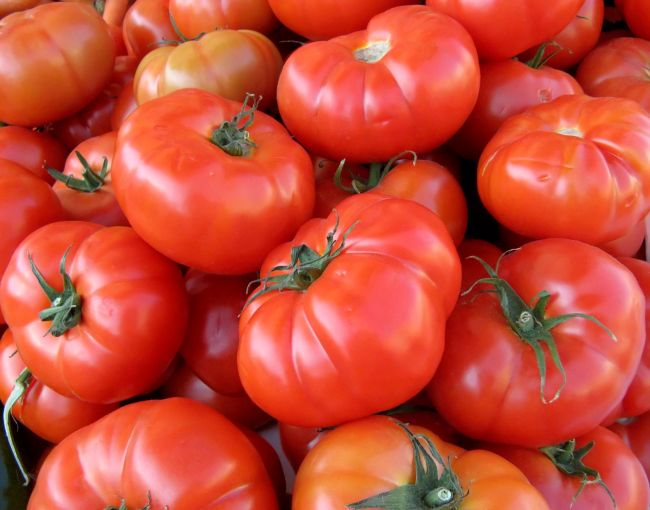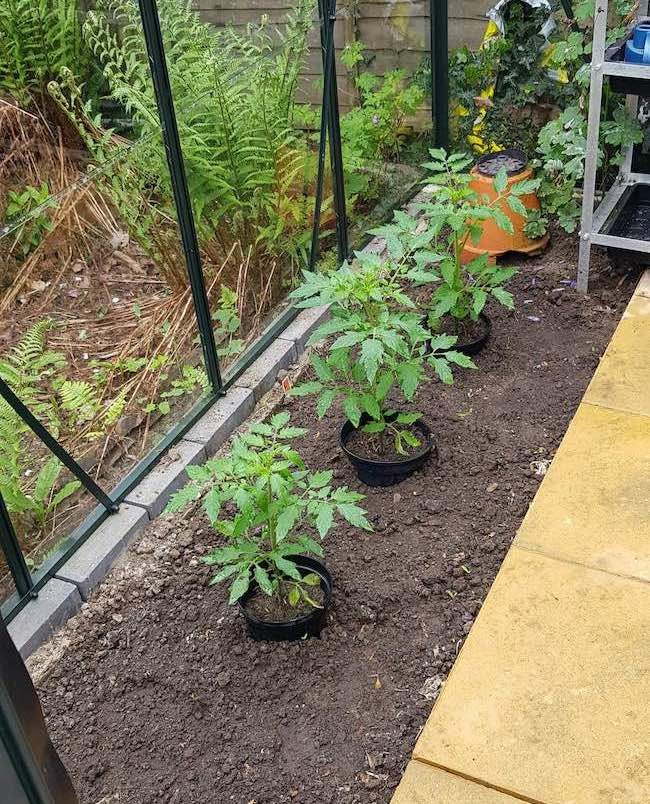Growing Tomatoes With Flavour

Tomatoes are a staple in many gardens, but getting real depth of flavour can be tricky. Modern breeding has often prioritised yield and shelf-life over taste. With a few key tips and techniques, however, you can grow tomatoes that are bursting with flavour.
1. Choose Your Seeds Carefully
- Many tomato seeds sold in the UK are F1 hybrids, bred primarily for consistency and durability—often at the expense of flavour.
- For tastier results, look for open-pollinated or heirloom varieties, especially Italian seeds, which are typically less over-bred and more flavour-focused.
- Great examples include Italian beef or beefsteak tomatoes, known for their rich, juicy flesh.
- If you are late sowing your tomato seed try some young tomato plants from your local Garden Centre
2. Benefit from 2025’s Improved Light Levels
- Early spring in the UK often struggles with light, which can stunt early growth and reduce flavour.
- Fortunately, 2025 has brought significantly better light levels, offering a promising start for tomato crops this season.
3. Use Soil-Based Compost
- For flavour-packed tomatoes, use John Innes No. 1 and No. 2 compost, either individually or mixed.
- These composts provide steady nutrients and better moisture control, key for healthy, flavour-rich plants.
4. Plant in Clay Pots with the Bases Removed

Note the up turned pot in corner to support toads to control slugs
- Plant young tomato plants in bottomless clay pots (or plastic ones if needed) placed directly onto grow bags or garden or glasshouse soil
- This technique:
- Encourages a dry stem to prevent rot.
- Allows roots to access deeper moisture and nutrients.
- Creates a humid microclimate beneficial for tomato growth.
5. Start Feeding at 10–15cm Tall
- Once plants reach 100–150mm (10–15cm), begin liquid feeding every three weeks with tomato feed.
- Alternate occasionally with seaweed feed, which is rich in micronutrients that enhance fruit development.
- Avoid overfeeding—too much can reduce flavour and cause leafiness over fruiting.
6. Maintain Steady Moisture
- Fluctuating water levels can lead to poor fruit quality or splitting.
- Using John Innes compost helps maintain a consistent moisture level, reducing stress on the plant.
7. Add Companion Plants
- Sow calendula and nasturtium seeds around the base of tomato plants.
- These provide:
- Natural pest deterrents.
- A habitat for beneficial insects.
- Additional humidity for healthier tomato plants.
8. Boost Humidity in Greenhouses
- If growing in a greenhouse, water the surrounding paths or floor.
- This raises humidity, which tomatoes love as they grow and fruit.
9. Support Early and Well
- Insert canes or support strings early on, tying in the tomato plants as they grow.
- This prevents snapping and encourages upright, healthy growth.
10. Prune for Sun and Flavour
- As fruit starts to form, remove some side shoots in the leaf axes after the fruit starts to form
- This channels energy into fruit production and allows more sunlight to reach and ripen the tomatoes.




















